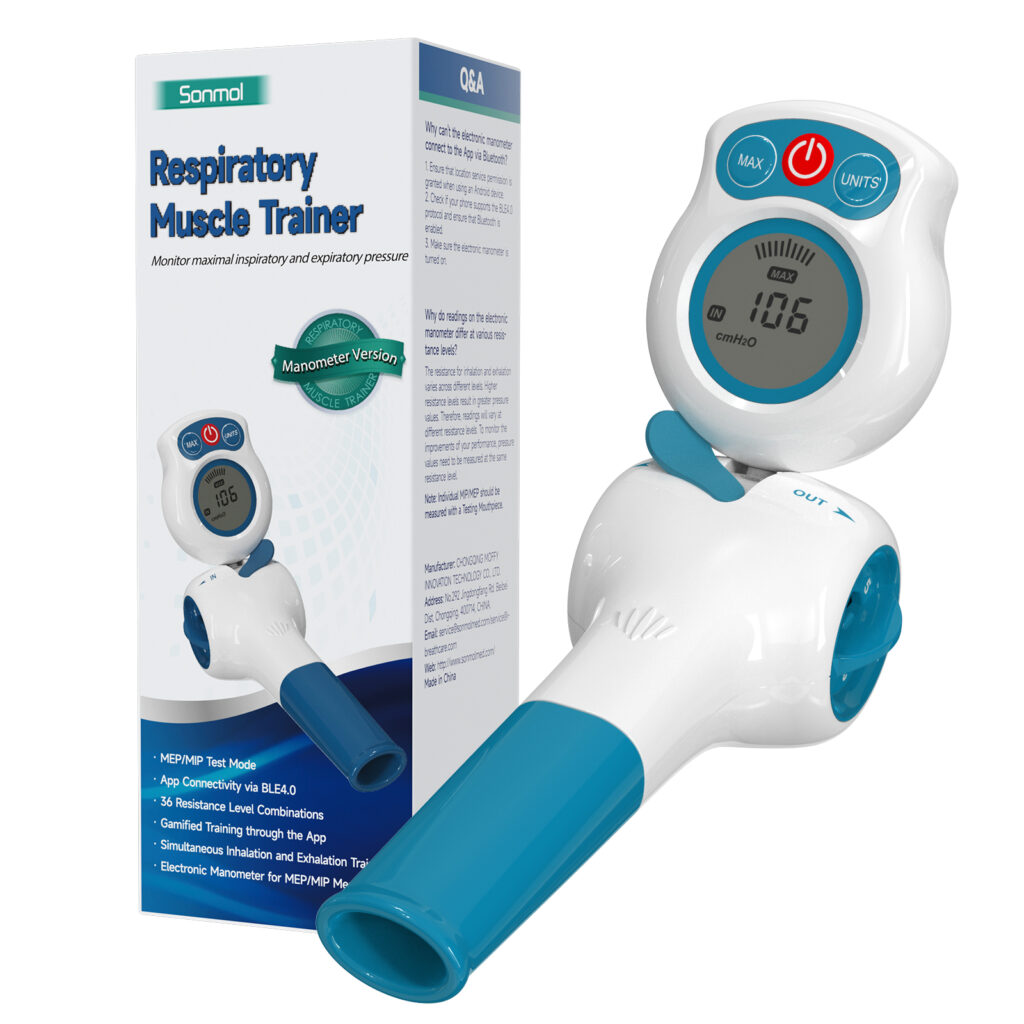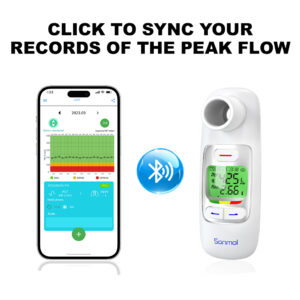Respiratory muscle training effects the quality of sleep. The breathing training can be a way of improving the life. Let’s see how to make a self-regulation of Insomnia by breathing sport.
Today we are going to Introduce a new created respiratory device to improve the power of breath.
Are you experiencing insomnia? It seriously affects our lives, actions, and even spirit, and even affects human life safety. Insomnia is also considered a mental illness and can even lead to illness and death. The literature indicates that adults typically require 7 or more hours to meet very basic physical needs or maintain health. People who sleep less than 7 hours are more likely or prone to the following situations:
- Cause obesity.
- Lack of physical activity, addiction to smoking, and heart disease.
- Suffering from asthma, diabetes or other chronic diseases.
- Emotional problems, irritability, depression, and memory loss. 5. Unable to concentrate, affecting work and study.
We often encounter situations where we cannot fall asleep or enter a deep sleep state. Sleep quality is closely related to breathing quality. On the premise of improving breathing quality, sleep quality will also be greatly improved. Insufficient oxygen supply to island owners with ventilation disorders caused by collapse of respiratory muscles will also seriously affect sleep. This article is designed to guide you on how to self-sleep in a drug-free way.
Breathing training can be easily performed in daily life without training costs. It is efficient and safe and is an effective way to improve the quality of life to improve breathing capacity, lung ventilation capacity and oxygen supply capacity. Breathing training does no harm to the body at all. In addition, breathing training can also bring many benefits in terms of improving physical health. We are familiar with physical therapy methods, and even breathing methods are well used during yoga and meditation. Below we introduce several breathing training methods:
- Breathe through the nose, through the nostrils, inhale and exhale through the left and right nostrils in sequence.
- Abdominal breathing, inhale through the nose and blow out through the mouse. When inhaling into the lungs, the abdomen should be fully raised and maintained. During the blowing process, force the air out fully. The belly sinks inwards.
- Box breathing, count to four when you exhale, and count to four when you exhale.
- In the 4-7-8 breathing method, exhale completely through your mouth, making a “whoosh” sound, close your mouth and inhale, count to four, hold your breath quietly, count to seven, and repeat the steps.
- Mindful breathing, focusing on inhaling and exhaling in a peaceful way, usually in a quiet place.
- Purse lip breathing: Inhale through the nostrils for two seconds and exhale for four seconds.
- Breathe resonantly, inhale through your nose and count for six seconds. Do not completely fill your lungs with air. Breathe out for six seconds, slowly and gently without force.
- Simple and regular breathing exercises. Use your nose to inhale air into your lungs, and use your mouth to expel air. These two processes should be done calmly and focused.
Training with a respiratory muscle trainer can help improve the efficiency of your breathing capacity
Respiratory Muscle Trainer (RMT) devices are designed to train your breathing by using the resistance created when you inhale and exhale, with airflow drawn in and out through an internal structure that has resistance. Just as we do weight and resistance training to strengthen our skeletal muscles, we can increase our ability to breathe through the resistance provided by our respiratory muscles. There is evidence that people with asthma and COPD can benefit from breathing exercises.
Therefore, when you perform breathing exercises, especially after you have adapted to the above-mentioned regular training, training with a respiratory muscle trainer in daily breathing training courses is necessary. Continuously increasing the duration of breaths and then moving to higher breathing training levels through breathing resistance can be a way to increase the efficiency of breathing training.
Please refer to the Sonmol Respiratory Muscle Trainer, which has an electronic pressure gauge that works on the airflow in your lungs. Use a good tracking pressure gauge to record MIP (maximum inspiratory pressure and MEP (maximum expiratory pressure) data. It Tells you your original breathing ability and lets you know what breathing exercises you do after each training session. You will benefit from this breathing trainer and you will thank yourself for the efforts you put in for a better life!


